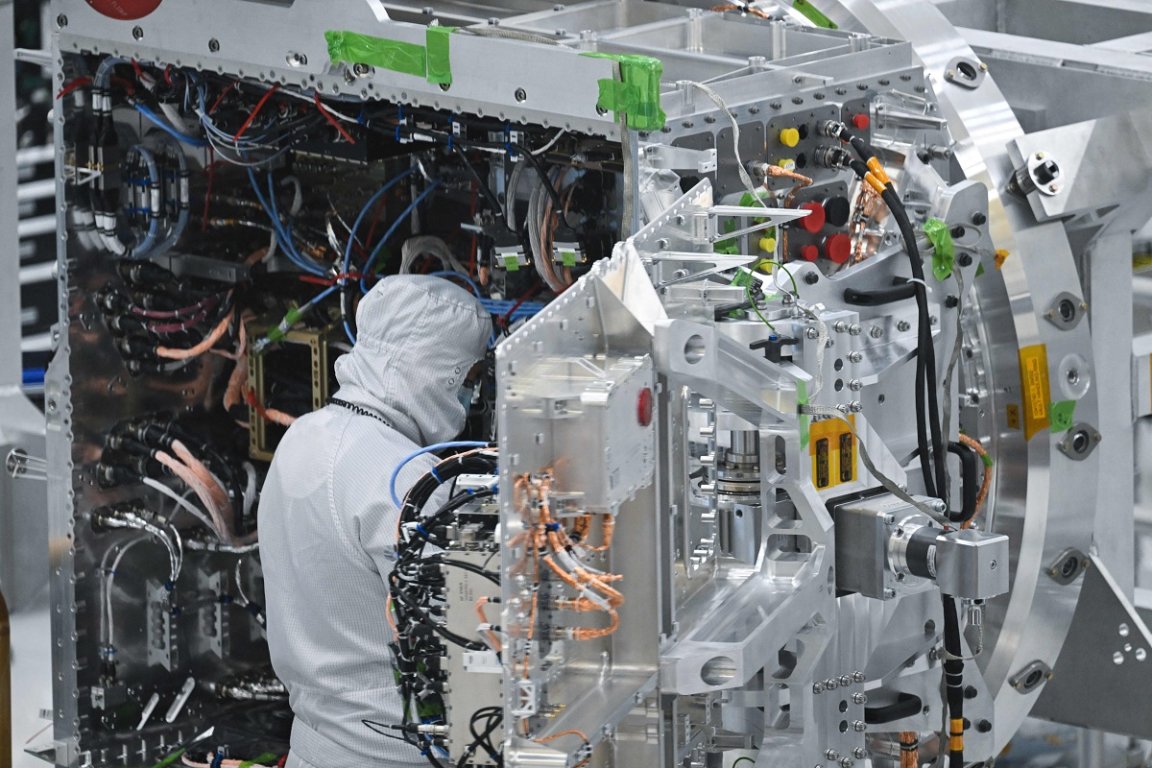
Building Backlog
It may be the world’s foremost space agency, but not all is as glittering as it seems at NASA. Internally, its leadership complains of a deeply rooted infrastructural problem, Ars Technica reports, and one that could take years to overcome.
Leading the charge is NASA director of facilities Erik Weiser, who warned at a National Academies panel on Thursday that NASA’s infrastructure — everything from research facilities to launch sites to rocket factories — is in an “increasing state of decline,” per Ars.
Exacerbating that problem, according to Weiser, is a “wholly underfunded” maintenance budget, short each year by at least a quarter billion dollars, allowing many of NASA’s buildings to slip further into disrepair.
“The majority of our facilities are beyond their useful life,” Weiser said — or, put in numbers, a staggering 83 percent.
Temples of Brilliant Minds
This may come as shocking news to those enamored by NASA’s scientific and technological prowess. But as Weiser explained, the issue is “not the laser table or a test stand in a building. This is the building that supports that test capability inside.”
“You can have a world-class microscope and materials lab,” he added, “but if the building goes down, that microscope is useless to you.”
By his count, 78 maintenance and construction projects were deferred in the last four years — and the more they’re put off, the more these facilities crumble, leaving Weiser and his team with more pressure to avoid “unplanned failures” during future missions.
“Have we really thought about the infrastructure we need within the agency to ensure that we can get to Mars?” he asked. “It’s not just about building the rocket that can get there.”
NASA: The Next Generation
Furthermore, Weiser fears that having lackluster facilities may put off bright-eyed young talent from working at NASA, who will be sorely disappointed when they actually see where they’d be working. Though still the biggest name in the industry, the space agency is gradually losing its edge to private companies like SpaceX, who boast much shinier facilities.
“If I want to inspire the next generation of our workforce… we need better facilities,” Weiser said.
For now, NASA hopes that by demolishing old facilities, it could shave off tens of millions its maintenance budget. But Weiser reminds that this could take five to ten years, assuming they procure the money for the demolitions in the first place.
Now, the agency must decide whether it should construct new facilities or salvage old ones, Ars notes. Either way, it won’t be cheap.
More on NASA: Watch NASA’s New Moon Rover Yeet Itself Over a Boulder